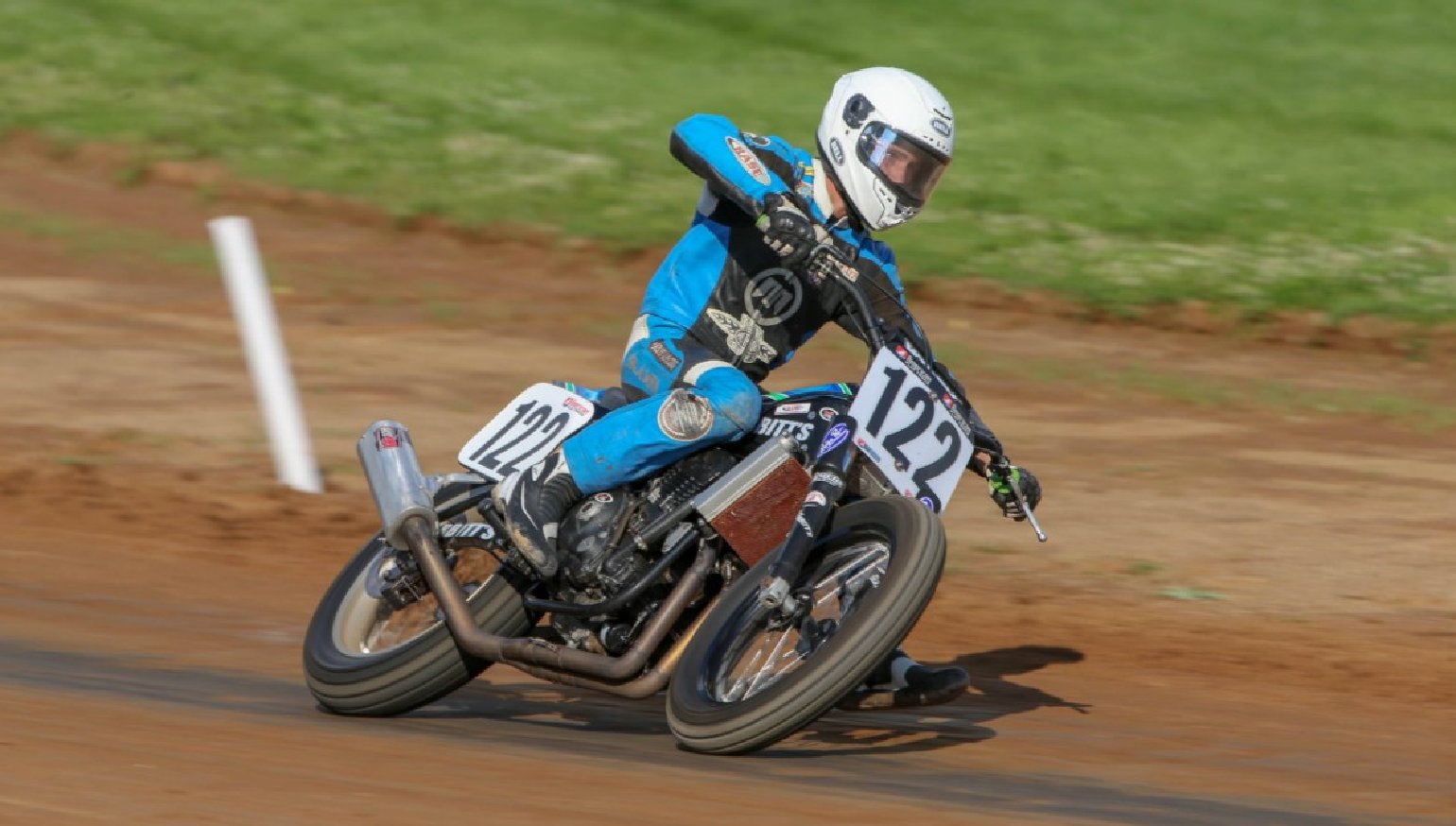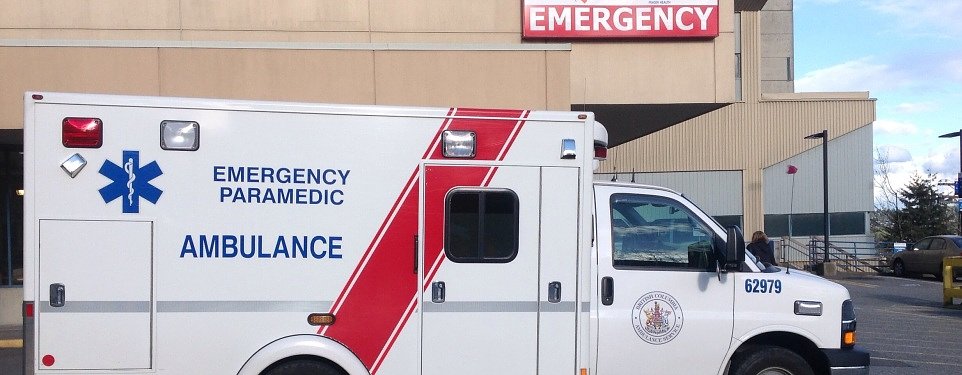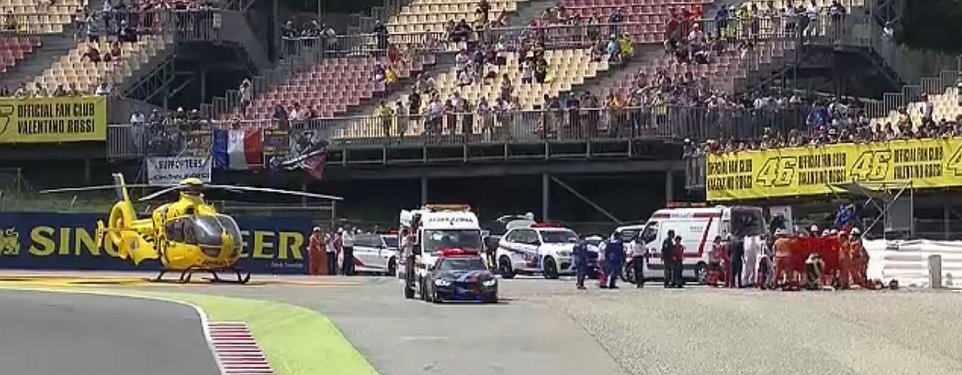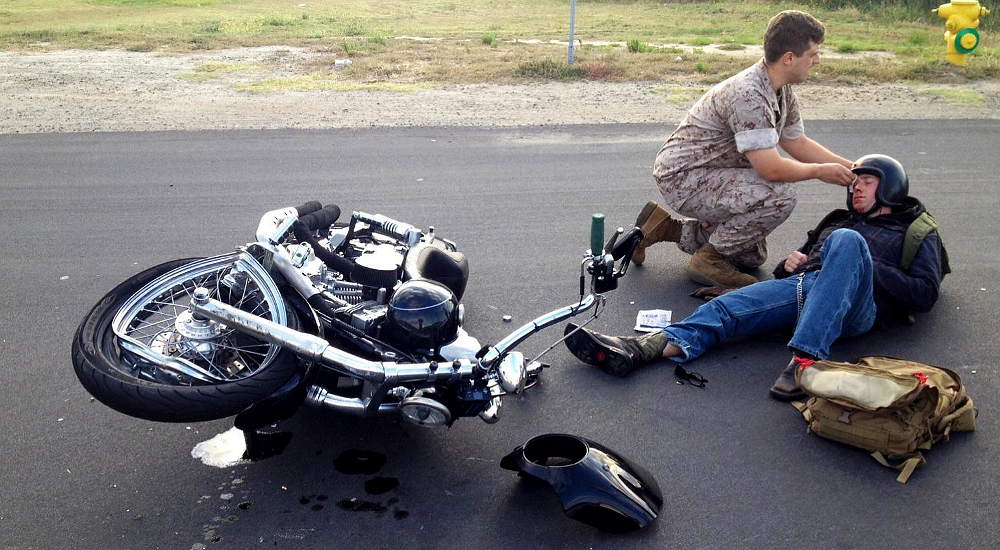A little more than a week ago, 19-year-old American Flat Track Twins racer Parker Norris was competing in a local flat-track race on a half-mile course in Terre Haute, Indiana. Norris was involved in a crash and a highside. Another racer could not avoid him and his chest was crushed.
The speed and impact from a race motorcycle weighing over 300 pounds caused massive injuries. Age 19 is the age of invincibility, where devastating injury occurs in another dimension, and you are not in it. But Norris was indeed in this one. The fact that he is alive today is a testament to being young and fit and having access to a well developed and integrated trauma system.
Norris was taken to a Level II trauma center in Terre Haute, where his immediately life threatening injuries were addressed in the Emergency Department, the Operating Room (twice), and the Intensive Care Unit. He suffered a severe chest wall (muscle and ribs) crush injury, separating many of his ribs from the center bone (sternum), in addition to his lungs being crushed and surrounded by blood. This created both a direct lung injury as well as an indirect lung injury, as he was nearly impossible to oxygenate.
Norris had a life-threatening condition called severe Acute Respiratory Distress Syndrome (ARDS). Despite ideal manipulations of the mechanical ventilator that was doing the breathing for him, his lungs were not up to the task of onloading enough oxygen into his blood to feed his brain and the rest of his body. And he needed medication to support his blood pressure, perhaps indicating that his heart also suffered from the crush injury. This could easily have been a deadly combination. Was there a potential rescue strategy? Indeed there was, at least for some, but the technology and the team are found only in specialized centers. And he was not at one.
He was transferred to a center with that unique — but increasingly common — capability. In fact, the center was a Level I Regional Resource Trauma Center and part of a national network of specialized injury care centers that I have previously written about on Common Tread. Transfer agreements and a preexisting relationship between these two centers helped speed access to a potentially life-saving technology for the young and critically injured racer.
The specialized therapy is called ExtraCorporeal Membrane Oxygenation (ECMO), meaning that it is an outside-of-the-body technique to oxygenate the blood. In one of its two most common configurations, it can also take over the work of the heart in terms of blood flow, as well as the function of the lungs in providing oxygen and clearing carbon dioxide (waste). If you know someone who has undergone cardiac bypass surgery, odds are that they had their surgery done using a heart-lung machine. Many are done without this device, but not all.
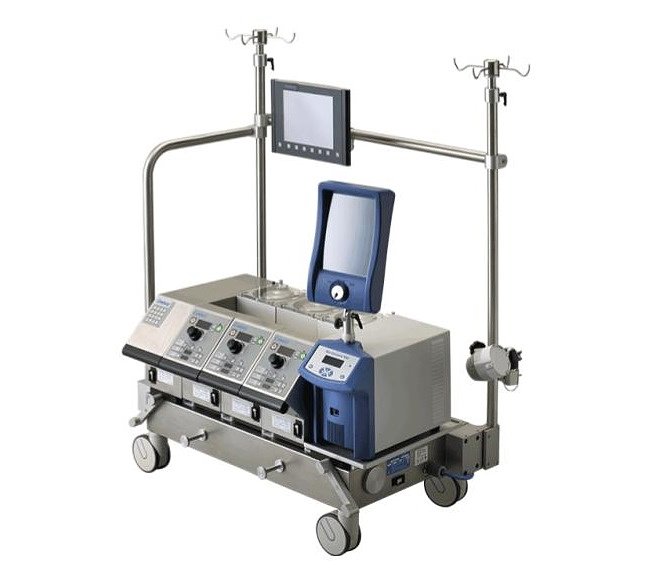
ECMO comes in two general forms: veno-venous (VV) and veno-arterial (VA). Veno means vein; veins normally carry relatively deoxygenated blood after your body has used what was brought to it in the arteries. Therefore, VV-ECMO takes blood from the venous side, adds oxygen and removes carbon dioxide, and then reinfuses it into the venous side again. VV-ECMO relies on the heart to pump the blood around the body. VA-ECMO on the other hand, takes blood out of the venous side, also adds oxygen and removes carbon dioxide, but then forcibly pumps the blood into the arterial side, effectively replacing the pumping of the heart.
Sounds complicated? Well, it is. There is a lot more to this therapy including preventing clots, monitoring flows, determining how much support someone needs, and when they are ready to come off of the therapy. It truly takes a team.
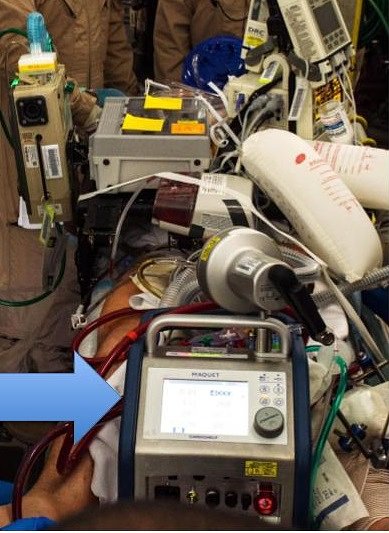
How important is this advance? I spoke directly with Jeremy W. Cannon, MD, SM, FACS, a surgeon who was key in implementing ECMO rescue for the Armed Forces Critical Care Air Transport (CCAT) program when he was an active duty U.S. Air Force surgeon. He shared that the ability to miniaturize ECMO devices and have them run by critical care team members has revolutionized how we provide complex forward care to the most severely injured soldiers. We are saving lives that would have previously been lost.
While Parker Norris is not out of the woods, he was given a fighting chance by a miniature pump driving his well oxygenated blood around a different kind of track.




